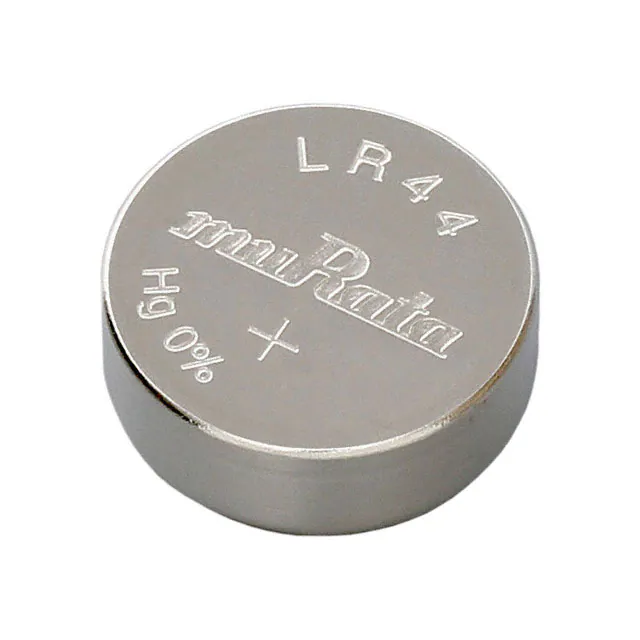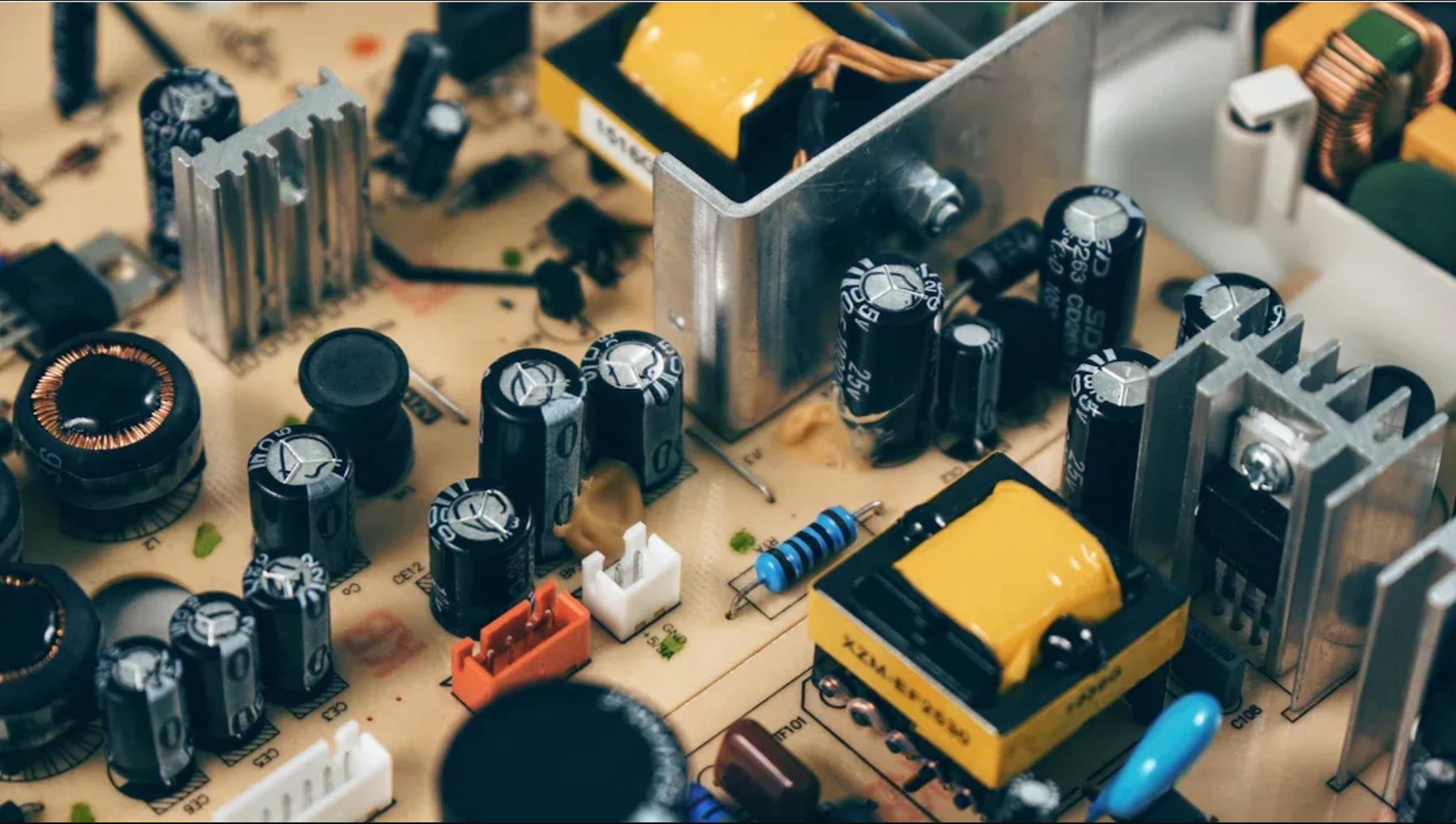Hello! now About Us
Microprocessors vs Integrated Circuits: What's the Difference?
3/27/2025 1:11:05 AM
Integrated circuits and microprocessors are two different electronic components. Integrated circuits mainly integrate multiple electronic components such as transistors, resistors or capacitors on a single chip. It is an important technological achievement in modern times and meets the needs of various electronic devices and systems. A microprocessor is a special integrated circuit that plays a core role in a computer. It is a highly integrated integrated circuit chip that generally includes components such as a central processing unit, cache memory, clock, and control circuit. There are obvious differences between the two in terms of function and application.
Catalog
Integrated Circuit Overview
The development history of integrated circuits
Types of Integrated Circuits
Microprocessor Overview
The development of microprocessors
Microprocessor Architecture Type
Difference between integrated circuit and microprocessor
Integrated Circuit Overview
An integrated circuit is a miniature electronic device or component. It uses a special process to interconnect the transistors, resistors, capacitors, inductors and other components and wiring required in a circuit, and is made on a small piece or several small pieces of semiconductor wafers or dielectric substrates, and then packaged in a tube shell to become a miniature structure with the required circuit function.
.png)
The development history of integrated circuits
In 1958, American engineer Jack Kilby successfully developed the world's first integrated circuit. This pioneering work opened a new era of integrated circuit development and is hailed as an important milestone in the history of electronic technology. In the early stages, integrated circuits had a low level of integration and could only achieve simple logical functions. With the advancement of technology, integrated circuits have ushered in rapid development. From small-scale integrated circuits (SSI) to medium-scale integrated circuits (MSI), to large-scale integrated circuits (LSI), very large-scale integrated circuits (VLSI), and now to very large-scale integrated circuits (ULSI), the integration of integrated circuits has increased exponentially.
Types of Integrated Circuits
Digital Integrated Circuits: Digital integrated circuits mainly process digital signals, that is, binary signals composed of "0" and "1". They are widely used in computers, digital communications, automatic control and other fields. Common digital integrated circuits include microprocessors (CPUs), memory chips, digital signal processors (DSPs), etc. Take the microprocessor as an example. It is the core component of the computer, responsible for executing various instructions and controlling the operation of the computer. Analog ICs: Analog integrated circuits mainly process analog signals, such as continuously changing signals such as sound, images, and temperature. It plays an important role in communications, audio, video, and other fields. Common analog integrated circuits include amplifiers, filters, analog-to-digital converters (ADCs), digital-to-analog converters (DACs), etc. For example, in audio equipment, amplifiers can amplify weak audio signals so that they can drive speakers to produce sound. Mixed-analog integrated circuits: Hybrid integrated circuits combine the characteristics of digital integrated circuits and analog integrated circuits, and can process both digital and analog signals. They are widely used in mobile phones, digital cameras, smart sensors and other devices. In mobile phones, hybrid integrated circuits can convert digital signals into analog signals to drive the receiver and speaker; at the same time, they can also convert analog signals collected by the microphone into digital signals for subsequent processing and transmission.
Microprocessor Overview
A microprocessor, also known as a central processing unit, is a very large-scale integrated circuit that integrates functions such as an arithmetic unit, a controller, and a register. It is mainly responsible for interpreting computer instructions, performing various data operations and logical operations, and plays a key role in coordinating the operation of the entire computer system. When you open a document on your computer, the microprocessor quickly processes the instruction to open the document, and dispatches memory, hard disk and other devices to work together, and finally presents the document content on the screen.
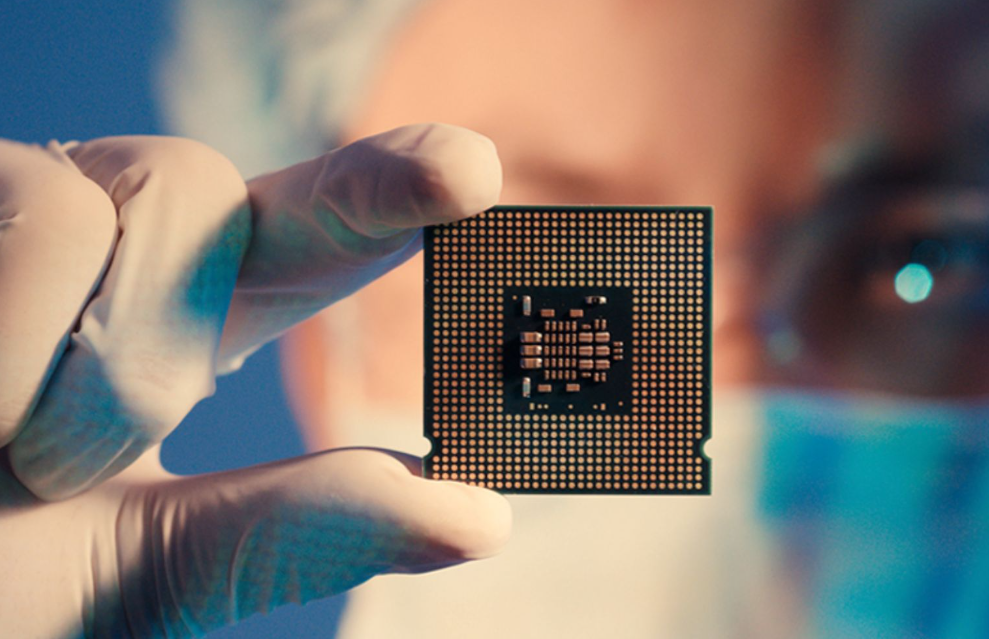
The development of microprocessors
In 1971, Intel launched the world's first microprocessor, the 4004. This microprocessor integrated 2,300 transistors, had a main frequency of only 740KHz, and had limited computing power, but it opened the curtain of the microprocessor era. After that, microprocessors developed rapidly in the direction of higher integration and stronger performance. Let's take the Intel brand as an example. From 8086, 80286, to the Pentium series, and then to the Core series, the number of transistors has increased exponentially, and the performance has also been greatly improved. At present, the number of transistors in high-end desktop microprocessors has exceeded 10 billion, the main frequency can reach more than 5GHz, and the computing speed is far faster than early products.Microprocessor Architecture Type
CISC Architecture: The characteristic of complex instruction set computer architecture is that the instruction set is rich, and one instruction can complete relatively complex operations. Most early microprocessors adopted CISC architecture, such as Intel's x86 series. The advantage of CISC architecture is that the instructions are powerful, can directly support high-level languages, and simplify program writing. However, as the complexity of chips increases, its disadvantages are gradually emerging, such as low instruction execution efficiency and high power consumption. RISC Architecture: Reduced instruction set computer architecture is dedicated to simplifying the instruction set, making the execution time of each instruction shorter and more efficient. The ARM architecture is a typical representative of the RISC architecture and is widely used in mobile devices and embedded systems. The RISC architecture improves the performance of the processor by optimizing the instruction format and execution process, reducing the instruction decoding time.
Difference between integrated circuit and microprocessor
Although integrated circuits and microprocessors are closely related, there are still significant differences. Integrated circuits are formed by integrating transistors, resistors, capacitors and other components and wiring on semiconductor chips or dielectric substrates through specific processes to form a microstructure with specific circuit functions. It is a general term for various types of chips and has a very broad scope. In terms of structural composition, there are many types of integrated circuits, and the components of different types vary greatly. Some focus on analog signal processing and may use a large number of capacitors and inductors; some focus on data storage and are composed of many storage units. As a type of integrated circuit, the microprocessor integrates an arithmetic unit, a controller, and a large number of registers, has powerful instruction processing and data computing capabilities, and is the core of the computer system. Integrated circuits have a wide range of functions. Analog integrated circuits can realize functions such as signal amplification, filtering, and modulation, and mixed-analog integrated circuits can complete the conversion between digital and analog signals. The microprocessor is responsible for interpreting computer instructions, performing complex arithmetic operations, logical operations, and program flow control, and coordinating the various components of the computer to work together. Integrated circuits are used in almost all electronic devices, from simple remote controls and flashlights to complex aerospace equipment and medical instruments. Microprocessors are mainly used in devices with high computing and control requirements, such as personal computers, servers, smart phones, and industrial control systems, and undertake core computing and decision-making tasks. The design of integrated circuits focuses more on achieving specific functions, and the design complexity varies depending on the function. The design of microprocessors needs to take into account multiple requirements such as high performance, low power consumption, and high integration, and also has higher standards for the accuracy and stability of the manufacturing process.
Related information
Subscribe to Oacor!
Featured PartsMore

-
IP5002CX8/P135 NXP USA Inc.
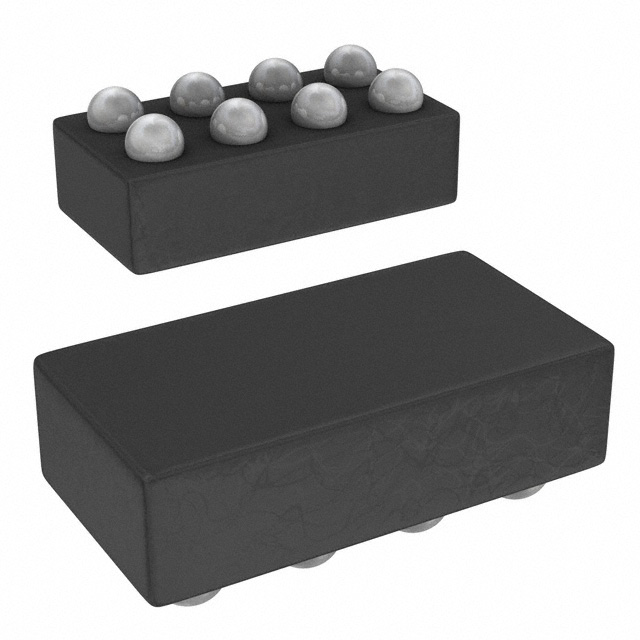
-
ADAU7002ACBZ-RL Analog Devices Inc.
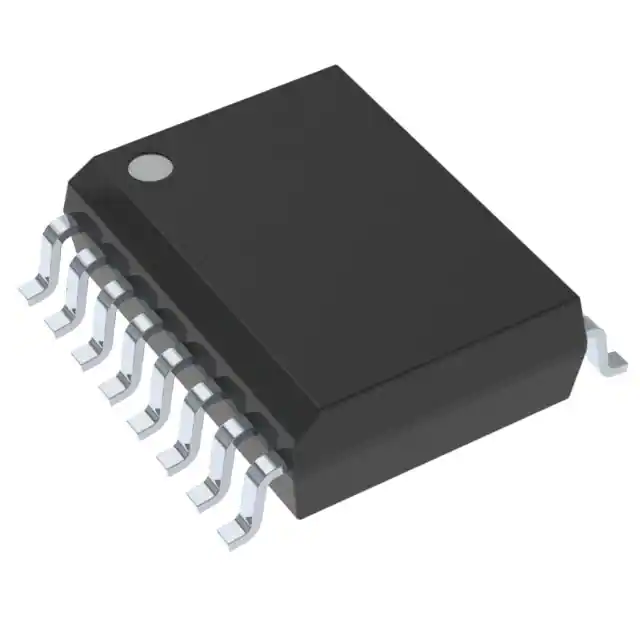
-
PGA2320IDW Texas Instruments
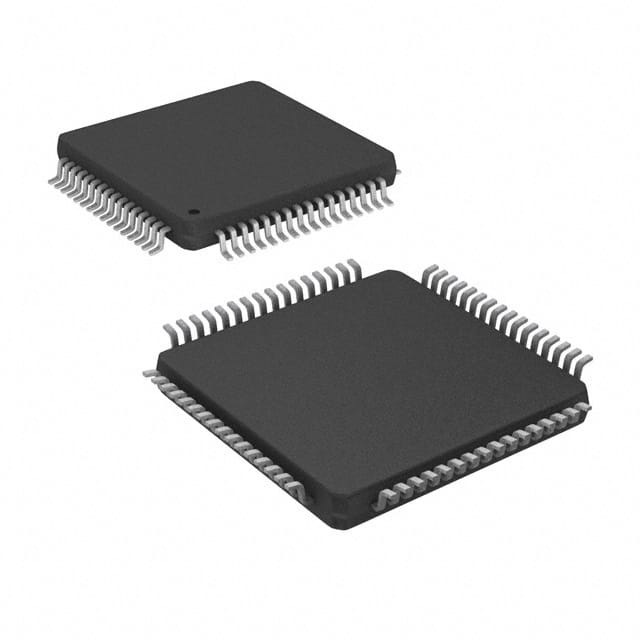
-
SRC4184IPAG Texas Instruments
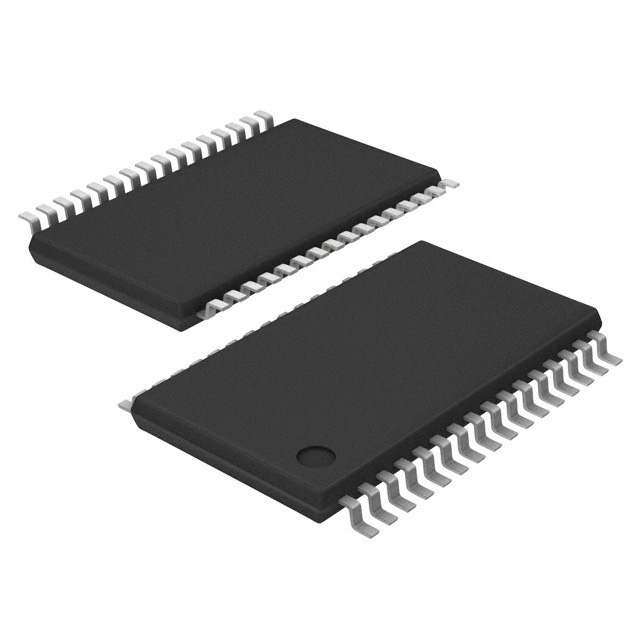
-
MUSES72320V-TE2 Nisshinbo Micro Devices Inc.
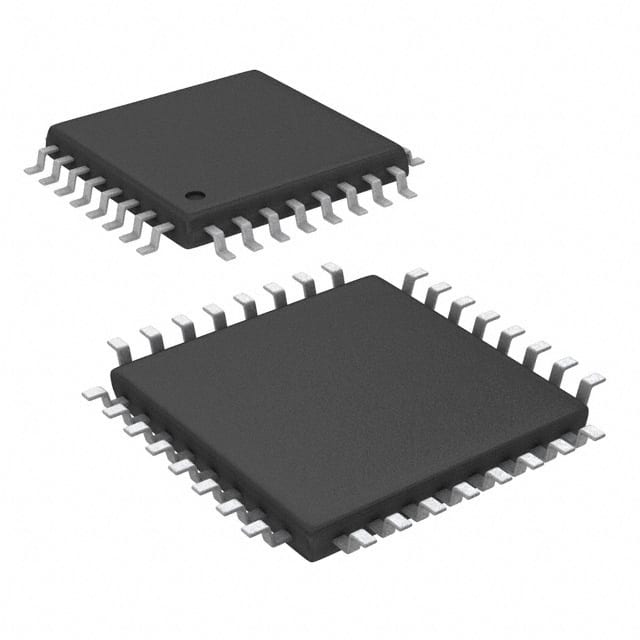
-
PCM2706CPJT Texas Instruments
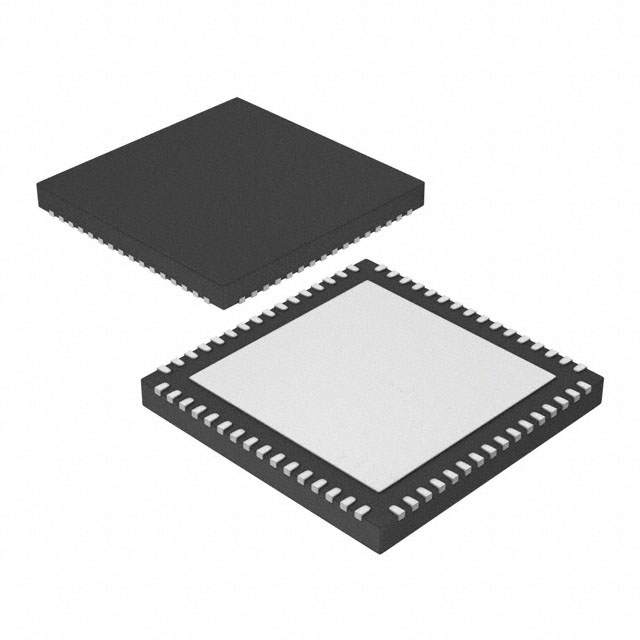
-
ZL38040LDG1 Microchip Technology

-
PGA2310UA/1K Texas Instruments


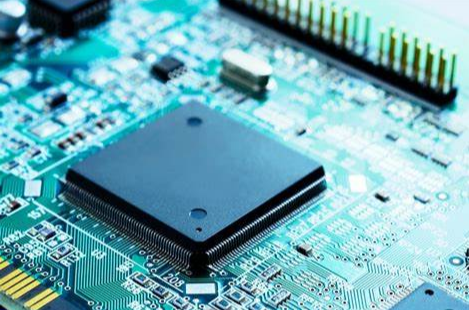
.png)
.png)
